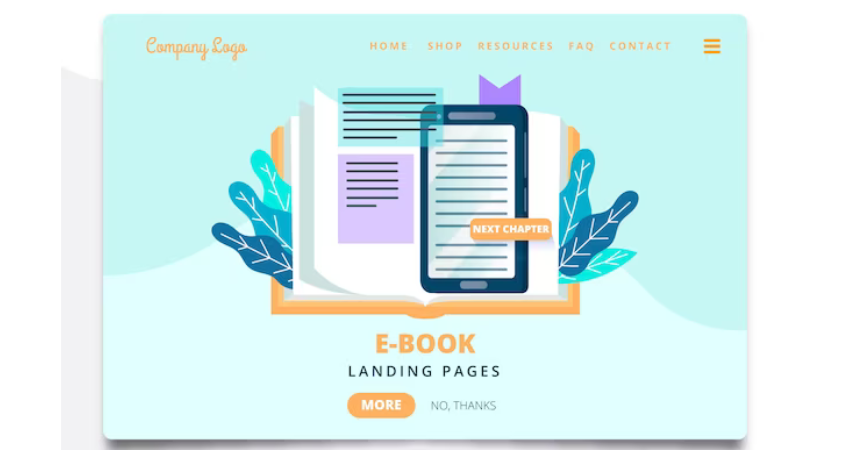Asynchronous communication refers to the exchange of data or information where the sender and the receiver are not required to interact at the same time. This form of communication is increasingly prevalent in our digital age, where people often communicate across different time zones and schedules.
Here are some common examples of asynchronous communication:
- Emails: Perhaps the most common form of asynchronous communication, emails allow individuals to send messages that can be read and responded to at the recipient’s convenience.
- Discussion Boards and Forums: These platforms allow users to post messages or threads that can be viewed and responded to by others at any time.
- Social Media Posts: Posts on platforms like Facebook, Instagram, or Twitter are forms of asynchronous communication, as they can be viewed and interacted with at any time.
- Blogs and Vlogs: Content creators share information or ideas in their blogs or vlogs, which viewers can access and interact with at their own pace.
- Online Learning Platforms: These platforms often utilize asynchronous communication through recorded lectures, discussion boards, and digital assignments.
In today’s fast-paced world, effective communication is the cornerstone of productivity and collaboration. Asynchronous communication, a method that doesn’t require immediate responses, has gained significant popularity. In this article, we will explore 20 examples of asynchronous communication techniques that can transform the way you work and interact with your team.
In the following sections, we will delve into more specific examples and explore how asynchronous communication plays a vital role in various aspects of our lives
Examples of Asynchronous Communication
In a digital age where remote work is becoming increasingly prevalent, asynchronous communication offers several advantages:
1. Email Threads
Email remains a timeless tool for sending messages, documents, and updates. It allows recipients to respond at their convenience, making it an excellent asynchronous communication method.
2. Project Management Software
Platforms like Trello, Asana, and Jira facilitate asynchronous communication by allowing team members to assign tasks, set deadlines, and leave comments.
3. Instant Messaging Apps
Apps such as Slack and Microsoft Teams enable real-time conversations while preserving chat history for reference, offering a seamless blend of synchronous and asynchronous communication.
4. Discussion Forums
Online forums like Reddit or specialized platforms like Stack Overflow enable users to ask questions and receive responses at their own pace.
5. Voicemail
Leaving a voicemail provides an asynchronous way to deliver detailed messages without requiring an immediate response.

6. Recorded Video Messages
Tools like Loom and Vidyard let you record and send video messages, allowing for clear and personalized communication.
7. Shared Documents
Google Docs and Microsoft Office Online enable real-time collaboration on documents, spreadsheets, and presentations while recording changes and comments.
8. Knowledge Bases
Companies can create internal knowledge bases, allowing employees to access information and find answers independently.
9. Task Delegation Apps
Apps like Todoist and Any.do facilitate task delegation with due dates, priorities, and progress tracking.
10. Email Newsletters
Asynchronous newsletters keep subscribers informed without the need for immediate engagement.
11. Social Media Updates
Scheduled posts on platforms like Twitter and LinkedIn allow for communication with a global audience without real-time interaction.
12. Blog Posts
Blogs enable businesses to share information, updates, and insights with readers who can engage with the content at their convenience.
13. Webinars and Online Courses
Pre-recorded webinars and courses offer valuable knowledge to participants who can choose when to engage.
14. Knowledge-Sharing Platforms
Platforms like Quora and Medium enable experts to share insights and respond to questions at their own pace.
15. Wiki Pages
Creating a company or project wiki fosters a culture of self-service information retrieval.

16. Surveys and Feedback Forms
Collecting input asynchronously through surveys and forms ensures thoughtful responses.
17. Employee Onboarding Materials
Preparing comprehensive onboarding materials helps new hires adapt at their own pace.
18. Podcasts
Sharing information through podcasts allows audiences to listen and learn on their own time.
19. SMS and Text Messages
Texting offers a casual yet effective way to communicate, especially for quick updates.
20. Personal Note-Taking Apps
Apps like Evernote and OneNote help individuals organize their thoughts and ideas asynchronously.
In conclusion, asynchronous communication plays a pivotal role in our increasingly digital world. It allows for flexibility, and convenience, and can enhance productivity in both personal and professional settings. From emails to social media posts, and discussion forums to online learning platforms, asynchronous communication is all around us, shaping the way we interact, learn, and work. As we continue to evolve and adapt in this digital age, understanding and leveraging the power of asynchronous communication will undoubtedly be key to our success in the interconnected world of tomorrow. Thank you for joining us on this exploration of asynchronous communication. Stay curious, keep learning, and until next time!

